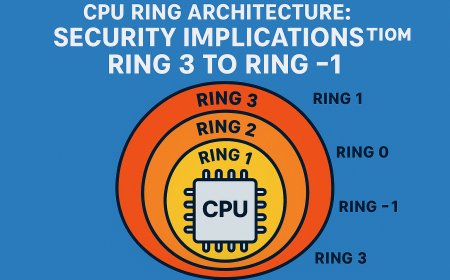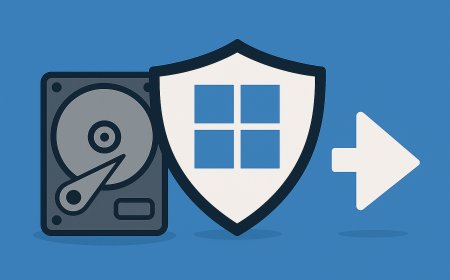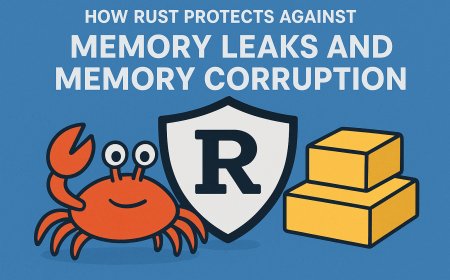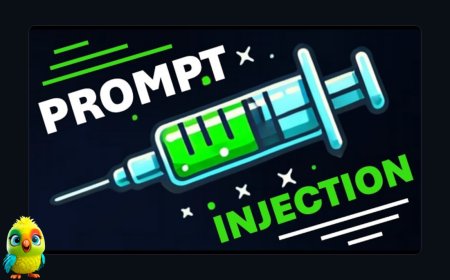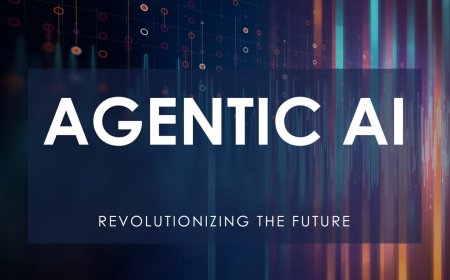ISO 27001 & SOC 2 Audits: DevSecOps Mistakes That Fail Certifications
Getting an ISO 27001 or SOC 2 certification isn’t just about checking compliance boxes—it’s about proving that your DevSecOps practices are trustworthy and secure. Yet, many teams fail audits because of overlooked mistakes: missing documentation, weak access controls, or insecure CI/CD pipelines. These errors don’t just delay certification; they can destroy customer trust and stall business growth. Let’s explore the most common DevSecOps mistakes that cause audit failures and how to fix them before the auditor walks in.
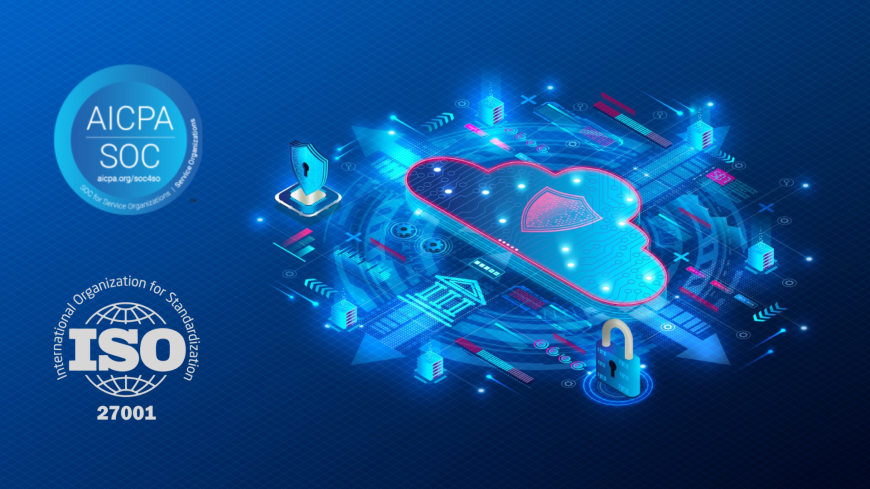
Introduction
For modern tech companies, achieving ISO 27001 or SOC 2 compliance is no longer optional—it’s a competitive requirement. Customers, partners, and regulators expect proof that your security controls aren’t just written down but actively enforced. However, when DevSecOps teams treat compliance as an afterthought, they often fail audits. Unlike a pentest or vulnerability scan, these audits go deep into process, documentation, and evidence. Even minor gaps—like missing access logs or inconsistent deployment policies—can result in a failed certification attempt.
1. Over-Reliance on Automation Without Documentation
DevSecOps thrives on automation: IaC, CI/CD, vulnerability scanning, and policy enforcement. But auditors need evidence in human-readable form—policies, records, and approvals. Many teams assume their tools “speak for themselves,” but lack of documented processes can trigger audit failures.
Example:
- Terraform provisions IAM roles, but no written policy explains role justification.
- GitHub Actions enforce code reviews, but no documented rule states it as a policy.
Fix: Map your automated controls to written policies. Maintain an evidence repository (e.g., Confluence + Git) with screenshots, logs, and audit trails.
2. Weak Identity & Access Management (IAM)
ISO 27001 and SOC 2 put heavy emphasis on least privilege and access governance. DevSecOps teams often fail here because they prioritize speed over structured access reviews.
Typical Mistakes:
- Shared admin accounts for CI/CD.
- No MFA on cloud consoles.
- Developers retaining production access indefinitely.
Fix: Enforce role-based access control (RBAC), time-bound access approvals, and automate quarterly access reviews. Tools like AWS IAM Access Analyzer or Okta can help maintain visibility.
3. Insecure CI/CD Pipelines
Your pipeline is your supply chain—and auditors know it. If your CI/CD system can be compromised, your compliance is meaningless.
Audit Red Flags:
- Secrets hardcoded in Jenkins/GitHub Actions.
- No artifact signing for container images.
- Lack of environment segregation (dev/test/prod).
Fix:
- Store secrets in vaults (HashiCorp Vault, AWS Secrets Manager).
- Implement signed builds (Sigstore, Cosign).
- Use separate accounts for dev vs. prod pipelines.
4. Ignoring Change Management Controls
Auditors expect a clear record of who approved what change. DevSecOps often skips manual approvals in favour of speed, but this creates compliance blind spots.
Scenario:
- A hotfix gets deployed directly to production via CI/CD.
- No record of approval exists—automatic audit fail.
Fix: Implement change management workflows:
- Pull Request + mandatory approvals.
- JIRA integration with CI/CD to map tickets to deployments.
- Audit logs showing approval timestamps.
5. Poor Incident Response Readiness
ISO 27001 and SOC 2 both require proof that you can detect, respond, and recover from incidents. Many DevSecOps teams rely on cloud-native alerts but lack a tested incident response plan.
Audit Failures:
- No runbooks for handling a DDoS or ransomware attack.
- Missing post-incident reports.
- No regular tabletop exercises.
Fix:
- Maintain an IR playbook tied to monitoring tools (SIEM, SOAR).
- Run quarterly incident drills.
- Archive post-mortems as audit evidence.
6. Not Mapping DevSecOps Controls to Audit Frameworks
The biggest mistake? Teams secure their environments but don’t map those controls to ISO 27001 Annex A or SOC 2 Trust Service Criteria.
Example:
- You have vulnerability scans running, but no link to ISO 27001 A.12.6.1 (Technical Vulnerability Management).
- You use encryption, but no mapping to SOC 2 CC6.1 (Data Security).
Fix: Create a control matrix that links every DevSecOps control to relevant audit requirements. Tools like Drata, Vanta, or manual spreadsheets can make this easier.
Real-World Case: Startup X Fails SOC 2
A SaaS startup had strong DevSecOps practices—automated deployments, vulnerability scans, and strict IAM policies. Yet, they failed SOC 2 because:
- No documented change management policy.
- Developers retained root access to production.
- Incident response plan existed but was never tested.
Outcome: They spent 4 extra months fixing gaps, delaying customer deals worth millions.
Conclusion
Failing an ISO 27001 or SOC 2 audit isn’t about lacking security—it’s about failing to prove it. DevSecOps teams must balance speed with governance by documenting controls, securing CI/CD pipelines, and aligning practices with audit frameworks. The difference between passing and failing often comes down to paperwork, evidence, and discipline—not just technology.
